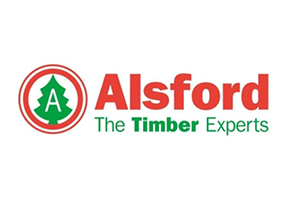Timber Types and Species
The enormous variety of available timber species is of course much of wood’s charm – the different grain patterns, colours and performance characteristics means that there is almost always a suitable timber for every job.
Using our FAQs, simple guides and Wood Species guide below, let us help you choose the right species for each application.
For species testing, design consultancy, inspections and training on timber species, call our technical helpline on +44 (0)1494 569601. All commercial services are provided by TRADA’s service provider, Exova BM TRADA.

What are softwoods and hardwoods?
Tree species are broadly divided into two main groups: softwood and hardwood. Softwood comes from cone-bearing trees, which are described as coniferous, while hardwood comes from broad leaved trees, which are mostly deciduous trees that shed their leaves at the end of the growing season or during a dry season.
Hardwoods are also divided into two further groups, tropical and temperate, depending on where they grow.
The grouping is not by the hardness of the timber.
Why are softwood species more commonly used in the UK?
Softwoods are the most commonly used timber materials because they are generally less expensive than hardwoods, are readily available, and are easy to work with.
Which species of wood do I choose?
This depends on a number of factors, but when selecting the timber species consider the following:
• The end use – eg structural, decorative, exposure to the elements
• The strength required
• Any decorative effect or aesthetic requirements
• Is the wood to be machined? Some species are more easily machined than others
• Sustainable sourcing – is the wood from a managed forest source, and certified,(ie FSC or PEFC)
• Cost – less expensive and more commercially available timbers may be available
• Durability and treatability: is it necessary to use preservatives?
• Sizes available.
For further guidance on specifying timber species see Choose & Use - Timber species, TRADA’s Wood species database, WIS 2/3-6: Wood - decorative and practical and WIS 2/3-10 Timbers – their properties and uses.
How are timber species named?
The naming of timbers is a complex area. Tree species are given a scientific (botanical) name that identifies them as an individual species. However, each species can have a number of common names. BS EN 13556 Round and sawn timber. Nomenclature of timbers used in Europe lists the commonly used commercial timber species by scientific name and the common names used in Europe.
What should I consider when specifying British-grown timber?
Although only a small proportion of British hardwood is currently used for construction, it is used for production of furniture and is suited for use in a wide range of other applications.
British-grown softwood in particular is usually interchangeable with its imported counterparts of the same species and grades, although there can be variation in grades of home-grown compared to imported timber.
Some of Britain’s hardwoods may have a role to play in substituting imported tropical hardwoods where the source may be risky.
Particular attention must be paid to ensure fitness for purpose and complete interchangeability in terms of properties. Samples and specialist guidance should always be sought.
See WIS 2/3-67: Specifying British-grown timbers for detailed guidance on the topic.




























